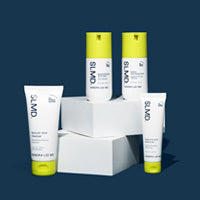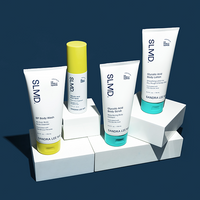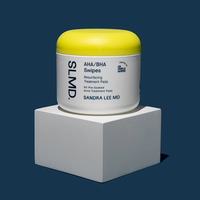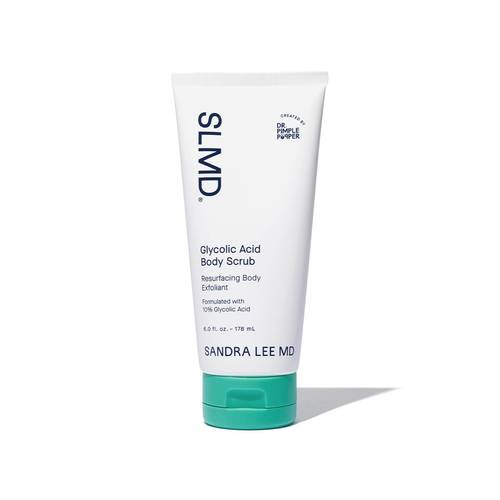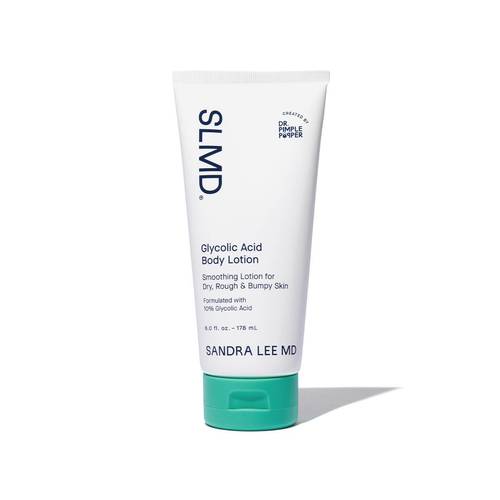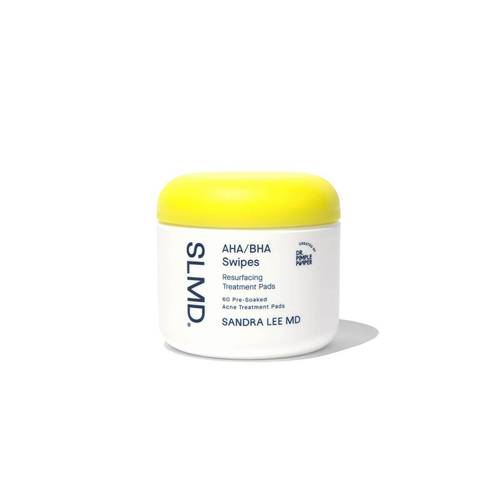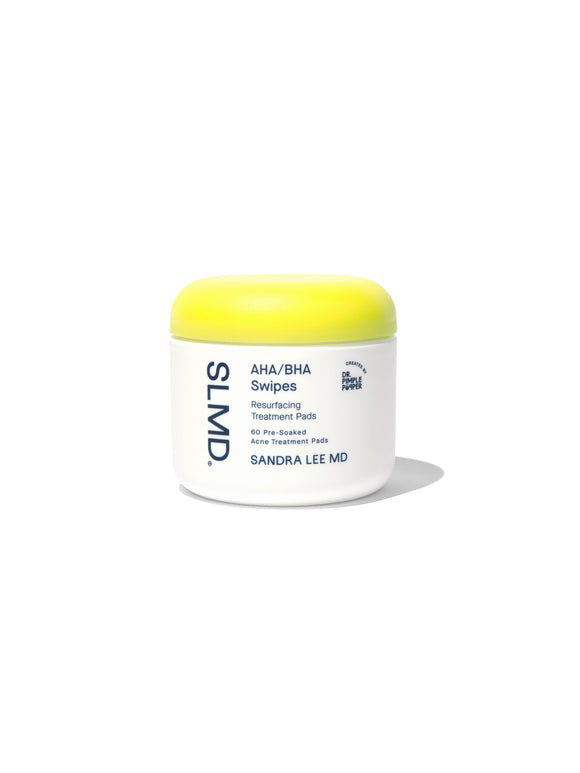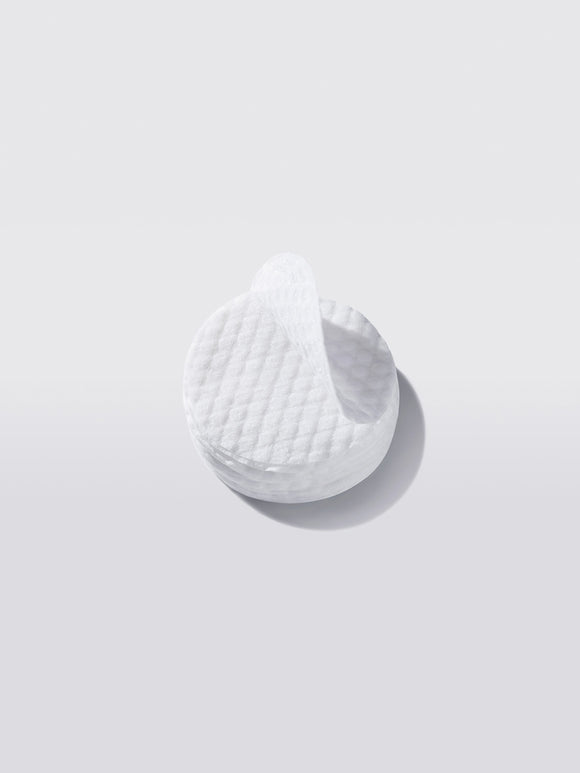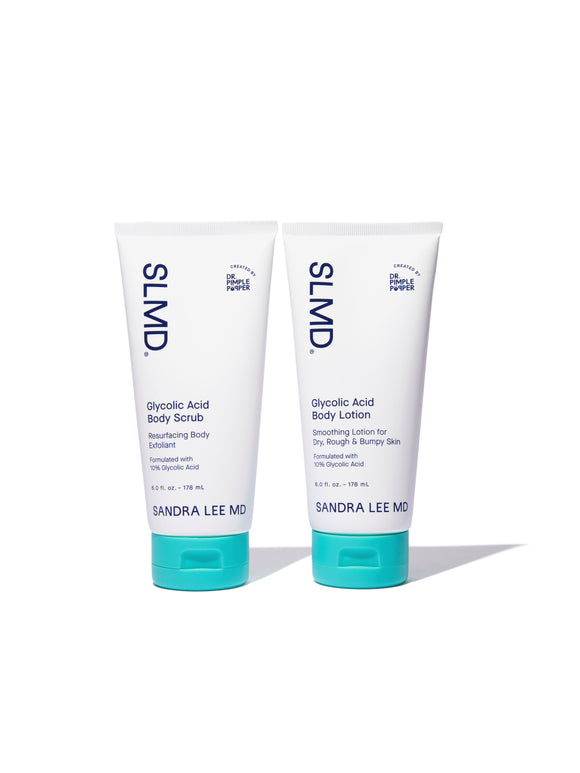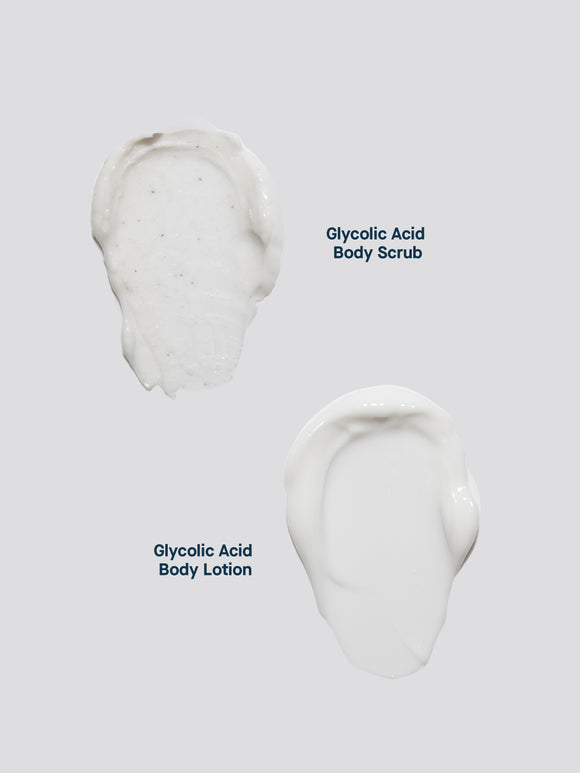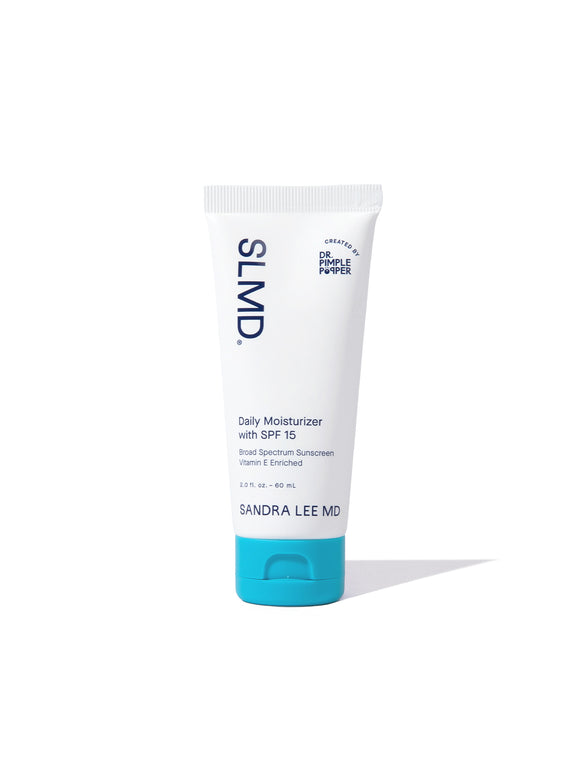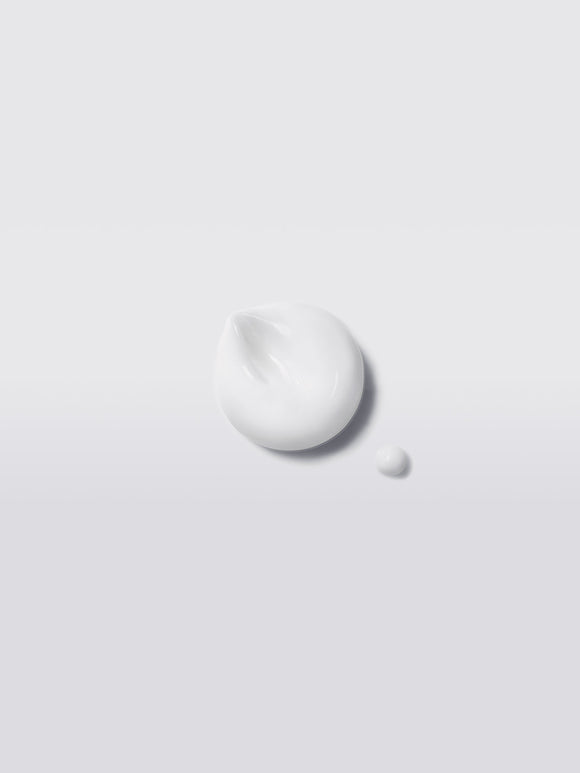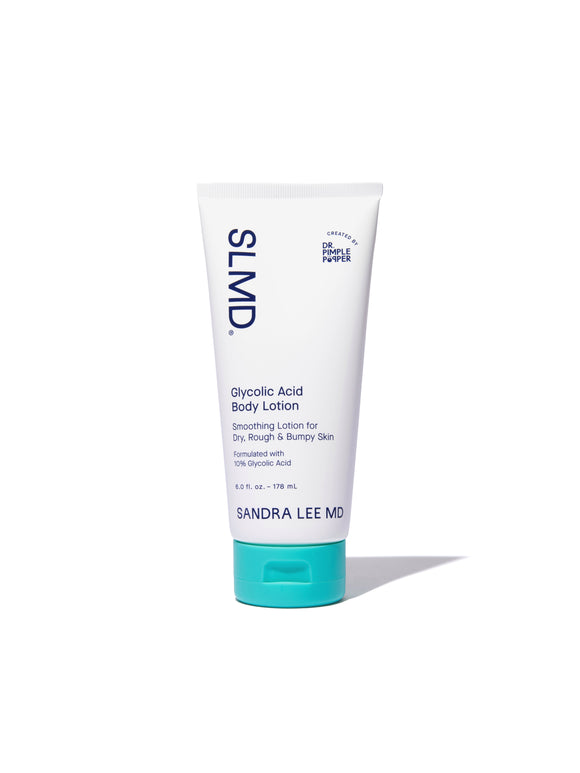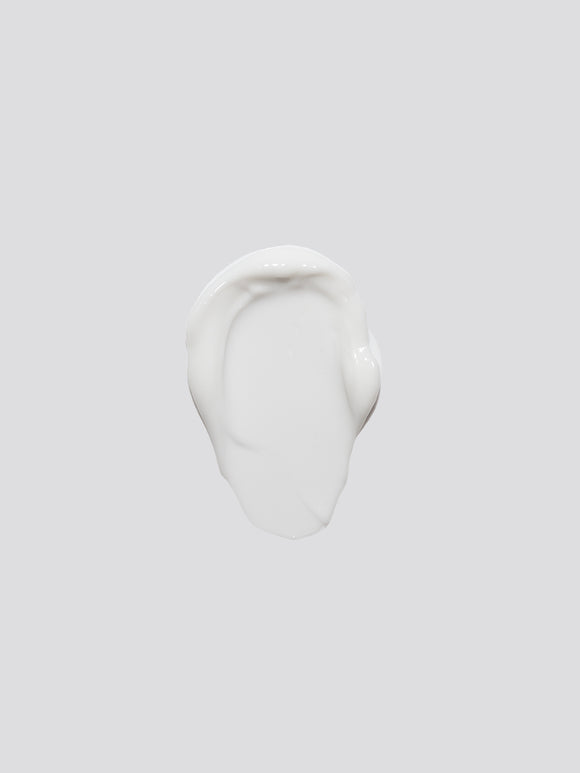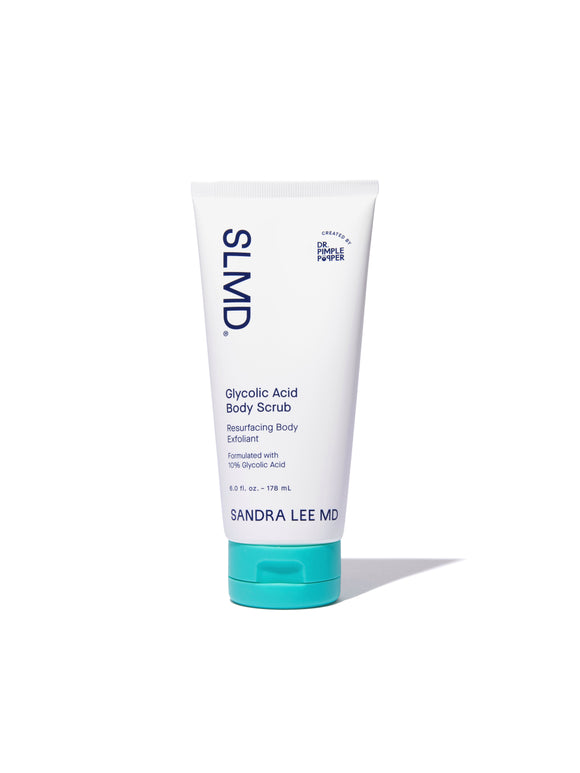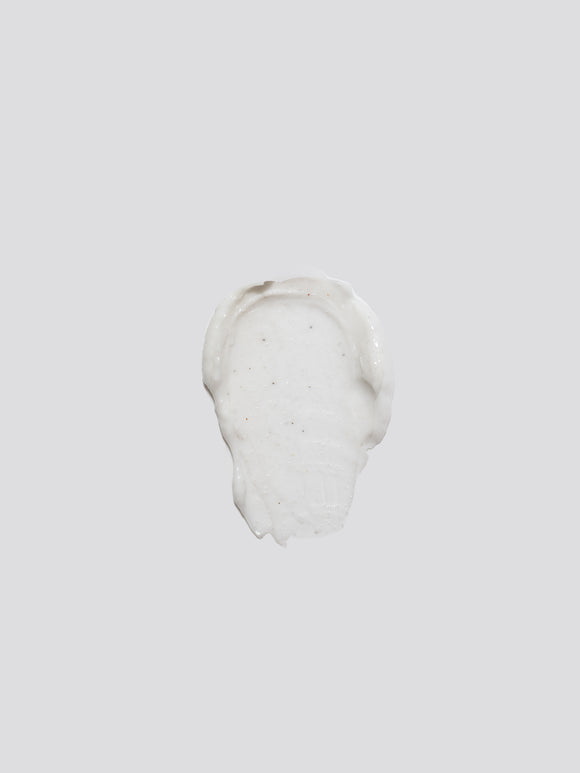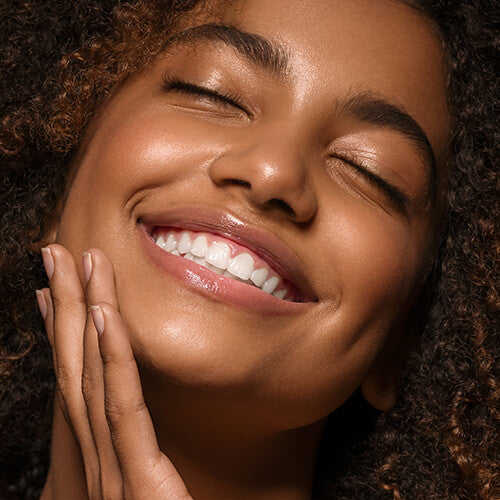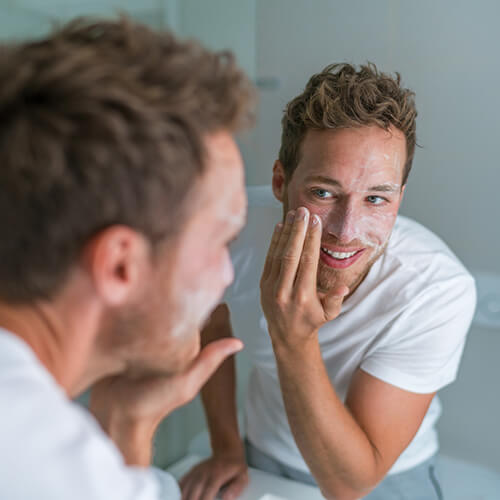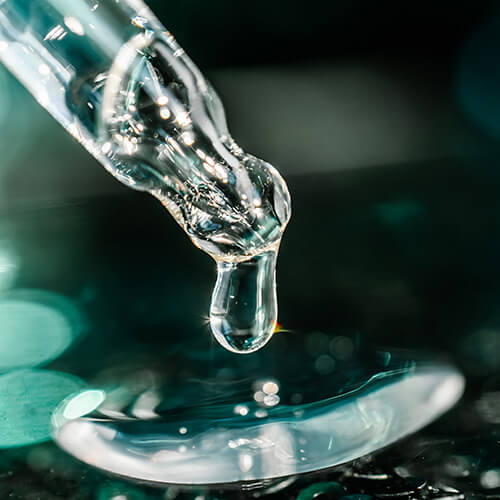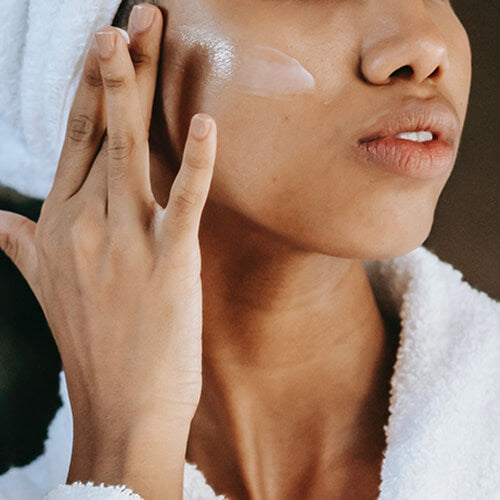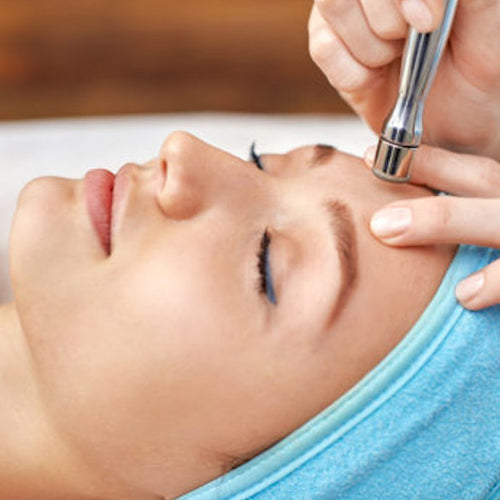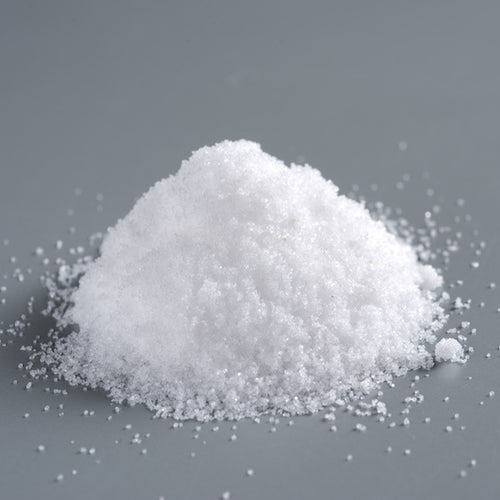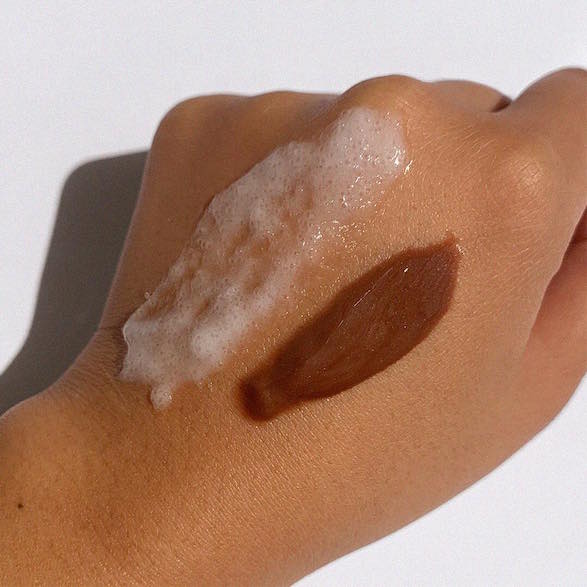
Dr. Pimple Popper's Best Self-Tanning Hacks
The dermatologist's best advice for getting that sun-kissed glow at home.Published:
4 minute read
Whether you're heading for a beach vacation, or just trying to prolong those summer vibes, who doesn’t love a sun-kissed glow? Well…for one, your actual skin. By now you should know that suntanning is taboo — read up on all that UV damage here, and what to do about it here.
Thankfully, self tanning products have come a long way from the smelly, streaky days of yore. In case you’re still worried about looking like a blotchy Oompa Loompa, we’ve got you covered. We asked Sandra Lee, MD (aka Dr. Pimple Popper) to share a few dermatologist-approved self-tanning hacks.
First: a word about tanning
We’ve covered in depth the dangers of UV exposure from the sun and from tanning beds. But as long as you don’t burn, is getting a tan really all that bad? Yes and no, says Dr. Lee. “One tan isn’t as much of a problem — it's the exposure over a lifetime,” she explains. UVB rays are the ones responsible for creating a tan, whereas UVA rays contribute more to skin aging over time. “But long term exposure to both types of rays damages your skin and leads not just to skin aging, but potentially to things like skin cancer.”
This is a lesson that many of us learn the hard way — when the first signs of sun damage start to show up. To avoid long term consequences, it’s especially important to be sun smart from a young age. “If you have skin cancer at 55 years old, it is not because of the sun you had last month at the beach, it’s because of the cumulative sun exposure and subsequent damage that has appeared now, due to the sun you had 10, 20, 30 years ago,” Dr. Lee says. “So young people may not think of the future, and think they look and feel better with a tan, but in actuality you may regret those tans when you are 20-30 years older.”
Why is self-tanning safer?
Most self-tanning products contain dihydroxyacetone, or DHA, which temporarily darkens skin by forming melanoidins in the top layer of your skin. Melanoidins are a color additive often derived from plants and are FDA approved for tanning purposes. DHA is not toxic in low concentrations and is only dangerous if ingested or inhaled. Most importantly, self-tanning allows you to skip the sun damage associated with tanning.
Skincare Picks for Self-Tanning
Dr. Pimple Popper’s self-tanning hacks
#1 Prep skin properly
Healthy, fresh and hydrated skin is the best base for self tanner, says Dr. Lee. The sooner you can start preparing your skin, the better. For the body, use an exfoliating scrub the week leading up to applying your tanning product. For the face, Dr. Lee prefers non-abrasive alpha hydroxy acids since the skin is more delicate.
Since dry skin absorbs more tanner, it’s also important to keep skin hydrated and moisturized, to help avoid telltale darker areas
Try: SLMD Glycolic Acid Body Scrub, Glycolic Acid Body Lotion, Body Smoothing System
#2 Don’t shave right before
While it may seem smart to give yourself a close shave right before applying self tanner, it’s not the best strategy, explains Dr. Lee. Shaving — especially with a dull razor — can create nicks, dermatitis, and ingrown hairs. You don’t want to apply self tanner to broken or irritated skin, so it’s best to shave the day before you plan your tanning session.
#3 Use an applicator mitt
Nobody wants “tan hands” — so invest in a self-tanning mitt or gloves to apply your product. To avoid getting too much self tanner around the hands, feet, face and ears, says Dr. Lee, you can use a makeup brush (large powder brushes work well). Just be sure to wash those brushes and gloves after you use them, to avoid product and bacteria buildup.
If you’re using a spray product — or getting your self tan at a spray salon — be sure to keep your eyes and mouth closed the entire time. It’s not safe to ingest or inhale aerosol self-tanning products.
#4 Don’t get dressed
Typically, self tanning products take anywhere from 10–20 minutes to dry — but that doesn’t mean you’re in the clear. Perspiration and chafing from your clothes can still mar your hard work. You should definitely not get dressed for the designated time listed on the label — a cool fan can speed up the process — but ideally, wait as long as you can.
If you absolutely have to get dressed, opt for something loose and flowing like a beach coverup. If possible, avoid putting on anything tight-fitting, like underwear or clothes with waistbands. If it's really important that your tan be flawless — you have a big event coming up, for example — Dr. Lee suggests applying self-tanner a few hours before bedtime, and sleeping au naturel. Just be aware that excess tanner may transfer to your sheets.
#5 Correct your mistakes
Even if you’re diligent, streaks happen. But there are ways to fix your self-tanning mistakes, says Dr. Lee — to a point. If you’ve accidentally applied too much product in one area, your best bet is to exfoliate. Try gently rubbing the area with a scrub, or use an exfoliating pad. Don’t overdo it, or you could end up with a dark spot that’s also red and irritated (yikes).
If you’re especially skilled, says Dr. Lee, you can sometimes correct minor streaking by applying a little bit more self-tanner to the paler areas. But be careful to blend the edges thoroughly, as any overlap can make the contrast even worse.
In a pinch, bronzer can be your best friend: swipe it on lighter zones and blend well with a makeup brush to disguise dark spots and streaks.
Try: SLMD AHA/BHA Swipes

Dr. Lee's Last Word
I think self-tanner is a great option for people who want that summer glow. Just be sure to always wear sunscreen — because that tan (whether real or faux) is not protecting you!
